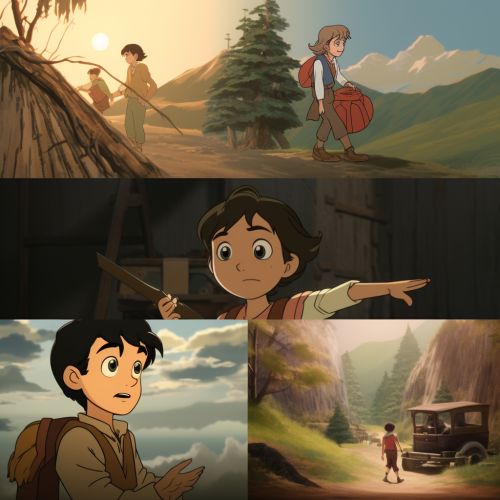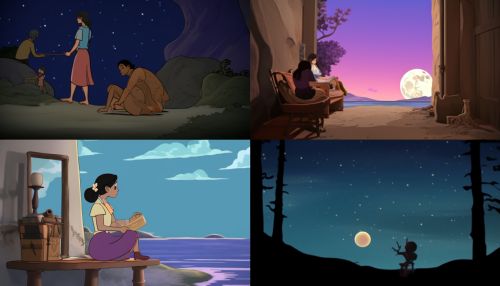Animation
History of Animation
Animation, a dynamic medium that employs the illusion of motion through the rapid sequence of static images, has a rich and varied history that spans across cultures and centuries. The earliest forms of animation can be traced back to paleolithic cave paintings, where animals were often depicted with multiple sets of legs in superimposed positions, that attempted to convey the perception of motion.


In the 19th century, devices such as the phenakistoscope, zoetrope, and praxinoscope were developed, which used simple mechanics to animate sequences of drawings. These inventions laid the groundwork for the development of cinematic animation.
The advent of film technology in the late 19th century marked a significant turning point in the history of animation. In 1906, James Stuart Blackton's "Humorous Phases of Funny Faces" is often cited as the first true animated film, which used the stop-motion technique to animate chalk drawings on a blackboard.
The 1920s saw the emergence of cel animation, a technique where each frame is drawn on a separate transparent sheet, which allowed for more complex and fluid animations. This era was dominated by studios such as Walt Disney Productions and Warner Bros. Cartoons, who created iconic characters like Mickey Mouse and Bugs Bunny.
In the late 20th century, the advent of computer technology revolutionized the field of animation, leading to the development of computer animation and 3D animation. This period saw the rise of companies like Pixar Animation Studios, which produced the first fully computer-animated feature film, "Toy Story", in 1995.
Techniques of Animation
There are numerous techniques used in the creation of animation. Traditional animation, also known as cel animation, involves the creation of individual frames by hand. This process, while time-consuming, allows for a high degree of artistic control.
Stop-motion animation involves the manipulation of physical objects, which are moved incrementally and photographed frame by frame. This technique has been used to great effect in films such as "The Nightmare Before Christmas" and "Coraline".
Computer animation, which includes both 2D and 3D animation, uses digital models and software to create animations. 2D computer animation often emulates the look of traditional animation, while 3D computer animation has a more realistic appearance, and is commonly used in feature films and video games.


Principles of Animation
The principles of animation are a set of guidelines that have been developed to assist in the creation of realistic and engaging animations. These principles were first introduced by Disney animators Ollie Johnston and Frank Thomas in their book "The Illusion of Life: Disney Animation".
Some of these principles include squash and stretch, which gives the illusion of weight and volume to animated objects; anticipation, which prepares the audience for an action that is about to occur; and follow through and overlapping action, which helps to convey the laws of physics in animated motion.
Animation in the 21st Century
The 21st century has seen significant advancements in the field of animation. The development of new software and technology has allowed for more complex and realistic animations, and has also made the process of animation more accessible to independent creators and small studios.
Today, animation is used in a variety of mediums, from feature films and television shows, to video games and online content. The rise of streaming platforms has also led to a surge in animated content, with companies like Netflix and Amazon producing their own original animated series.
